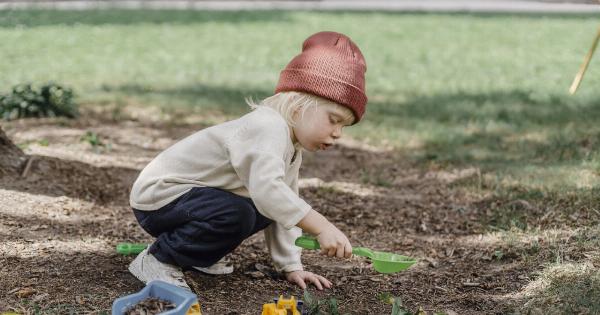Kindergartens are an ideal place for the flu to spread, as young children are more prone to illness and are less likely to practice proper hygiene.
With flu season upon us, many kindergartens have started taking unusual measures to combat the spread of the virus. Here are some of the most interesting measures:.
1. Hand-Washing Stations Everywhere
Many kindergartens have installed hand-washing stations in every classroom and hallway to encourage children to wash their hands frequently throughout the day.
These stations often consist of a sink and soap dispenser, along with posters and guides on proper hand-washing techniques.
2. Mandatory Flu Shots
Some kindergartens have made flu shots mandatory for all children and staff. While controversial, this measure can help prevent the spread of the virus in a high-risk environment.
3. Increased Air Filtration
Some kindergartens have upgraded their HVAC systems to include higher-quality air filters that trap more germs and viruses. This can help prevent the spread of the flu through the air.
4. UV-C Light Machines
UV-C light machines are becoming more common in kindergartens as a way to sanitize surfaces and kill germs. These machines emit a powerful dose of UV-C light that kills viruses and bacteria on contact.
5. Sterilizing Mats
Some kindergartens are using sterilizing mats at their entrances and exits. These mats are coated with a special sanitizer that kills bacteria and viruses on contact.
6. Outdoor Time
Many kindergartens are encouraging outdoor time to prevent the spread of the flu. Outdoor time allows children to get fresh air and exercise, which can boost the immune system and prevent illness.
7. Virtual Field Trips
Some kindergartens are implementing virtual field trips as a way to prevent exposure to the flu. These virtual field trips allow children to experience new things without leaving the classroom and coming into contact with germs.
8. Temperature Checks
Temperature checks are becoming more common in kindergartens as a way to screen for flu symptoms. Children and staff who have a fever are asked to stay home until they are symptom-free.
9. Sneeze Guards
Some kindergartens have installed sneeze guards on tables and desks to prevent the spread of the flu by coughing and sneezing. These guards are made of clear plastic and create a barrier between children.
10. No-Sharing Policy
Some kindergartens are implementing a strict no-sharing policy to prevent the spread of the flu. This policy prohibits children from sharing food, drinks, or personal items with each other.
Conclusion
These are just a few of the many measures being implemented in kindergartens to combat the spread of the flu. While some of these measures may seem extreme, they are necessary in a high-risk environment like a kindergarten.
By taking these precautions, we can help keep our children healthy and prevent the spread of the flu.





























